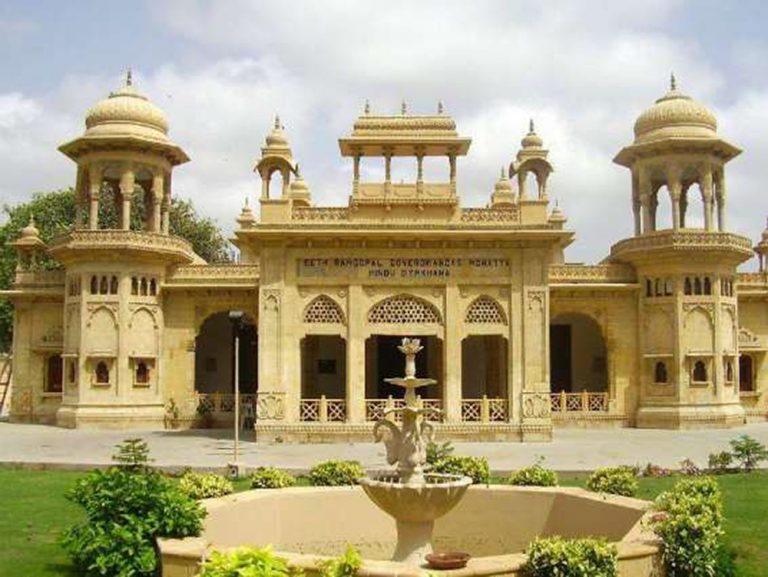
It was named ‘Seth Ramgopal Goverdhandas Mohatta Hindu Gymkhana’ after the leading Hindu philanthropist of the city.
In 2005, the Musharraf regime gave the building to National Academy of Performing Art (NAPA) on a 30-year lease.
By Sadaf Shahzad
Those who frequently venture to on Sarwar Shaheed Road in Karachi to watch the plays performed at the National Academy of Performing Arts (NAPA), must be quite familiar with the towering and imposing structure of Hindu Gymkhana. The Gymkhana has been NAPA’s primary site of cultural activity and performance, but its name and origins leave some curious about its history. The journey that Hindu Gymkhana has taken through time, and the legal issues it has been facing, makes it one of the more complex and understated cases in Karachi’s heritage history.
The building was established in 1925 as a health club for the Hindu upper classes, who then formed the commercial elite of Karachi. At the time, it was named Seth Ramgopal Goverdhandas Mohatta Hindu Gymkhana after the leading Hindu philanthropist of the city, and was spread over 47,000 square yards of land (about 8 acres). It represents a monument of luxury and artistic mastery, in terms of its architecture.
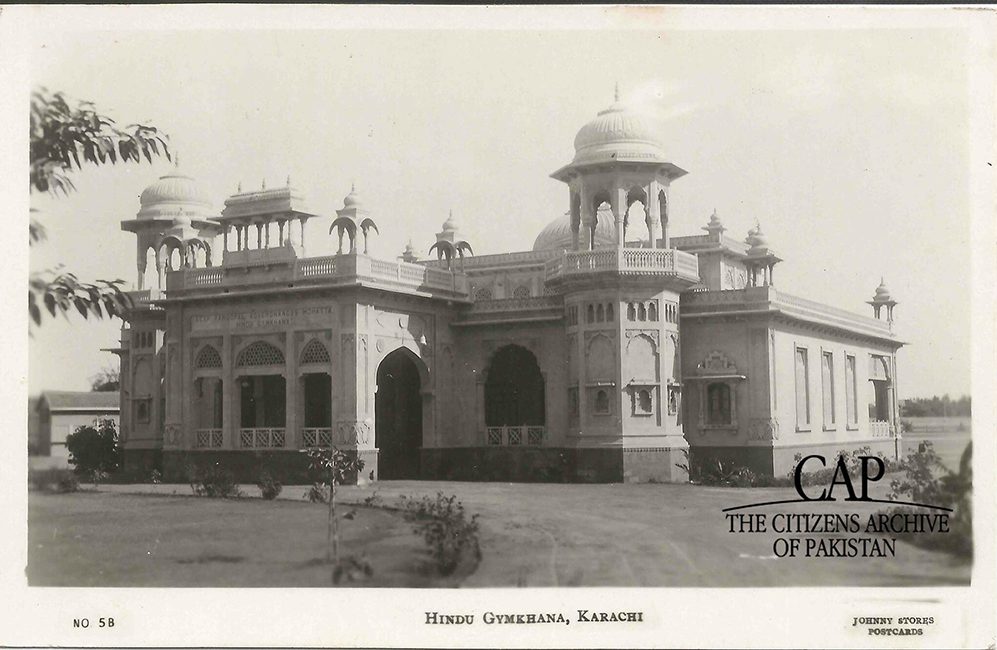
What is distinct about the Gymkhana is its architecture: it was the first of its kind to use a Mughal-Revivalist style. The building was made by India’s first Muslim architect, Agha Ahmed Hussain, who also created the design for Mohatta Palace. The small building has a primary hall, and some smaller rooms attached. Its roofline has delicate and intricately detailed cupolas, inspired by Emperor Akbar’s Fatehpur Sikri. Umbrellas cover the corners of the central roof, and their slanting features are also reminiscent of Akbar’s time. The stones for the thick walls came from Bijapur in South India, while the cupola walls are Gizri Stone and the carvings are made of Jodhpur stone.
Post-Independence, the building was deserted as wealthy Hindus left for India, and the building became evacuee property. Since it is protected by the Sindh Cultural Heritage Protection Act, no one was legally allowed to do constructions, repairs, and renovations. The place fell to ruins, with much of its plot sold to a nearby police station. Due to the building’s deteriorating condition, it was set to be demolished in 1984, but was saved from demolition by Heritage Foundation. Hindu Gymkhana briefly became a center for Sindhi arts and crafts in the Bhutto regime, and funds were issued to conserve the building.
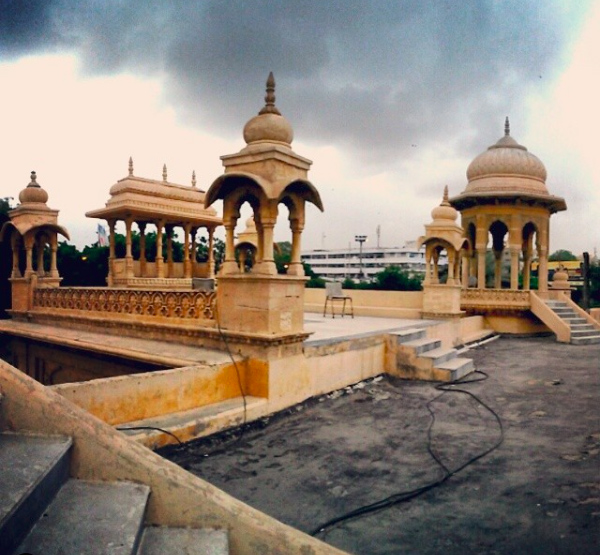
Currently, there are at least 17 cases related to Hindu Gymkhana’s property, and a continuing battle between NAPA and the Sindh government over possession of the site. In 2018, the Sindh government issued a notice for NAPA to shift their premises from Hindu Gymkhana once more, so that the building may be used as a heritage site.
In 2005, the Musharraf regime gave the building to NAPA on a 30-year lease. While this ensured that Hindu Gymkhana would be saved from decay, not everyone supported this action. In fact, the decision was met with much hostility from the remaining Hindu community in Pakistan, who made statements asking for their heritage site, and the return of artifacts taken from the site. Construction of an auditorium on the premises (though not in the building itself), has led to a major issue of contention, and new legal battle over the space.
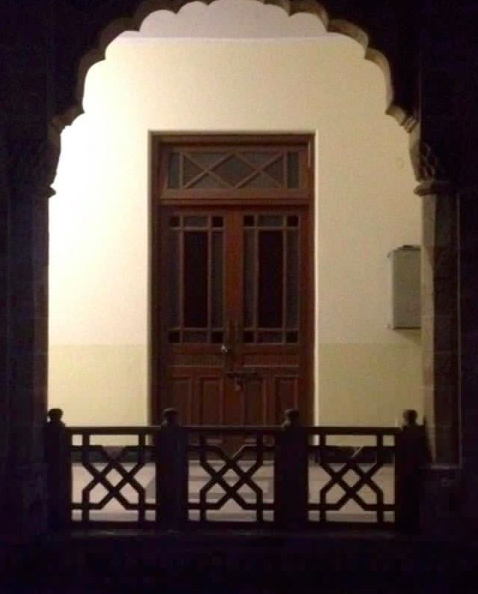
Currently, there are at least 17 cases related to Hindu Gymkhana’s property, and a continuing battle between NAPA and the Sindh government over possession of the site. In 2018, the Sindh government issued a notice for NAPA to shift their premises from Hindu Gymkhana once more, so that the building may be used as a heritage site. However, this decade-long legal battle has yet to be resolved, and NAPA has not vacated the building yet. Many believe that the work done by NAPA in bringing about cultural activity in Karachi is far too important to be overlooked. It has consistently organized mesmerizing and multi-discipline performances, which have become a regular feature in the cultural landscape of the country. Forcing a shift without ensuring NAPA’s future stability could leave a void in the country’s cultural scene, which would be difficult, if not impossible to fill.
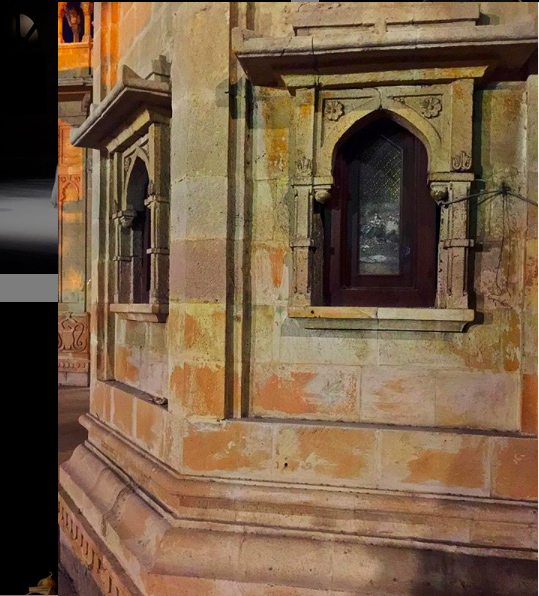
Hindu Gymkhana is a fascinating case study of a complex battle over heritage spaces, with valid claims on each side. While it is wrong to be illegally constructing buildings on heritage spaces that have been claimed by a specific community, it would be wrong to leave NAPA without some sort of support or compensation in exchange for the area. Some have suggested that the building be jointly owned, but those interested in this case’s developments will have to wait some time for the issue to be resolved.
_________________
Courtesy: Youlin Magazine (Posted on: August 06, 2020)